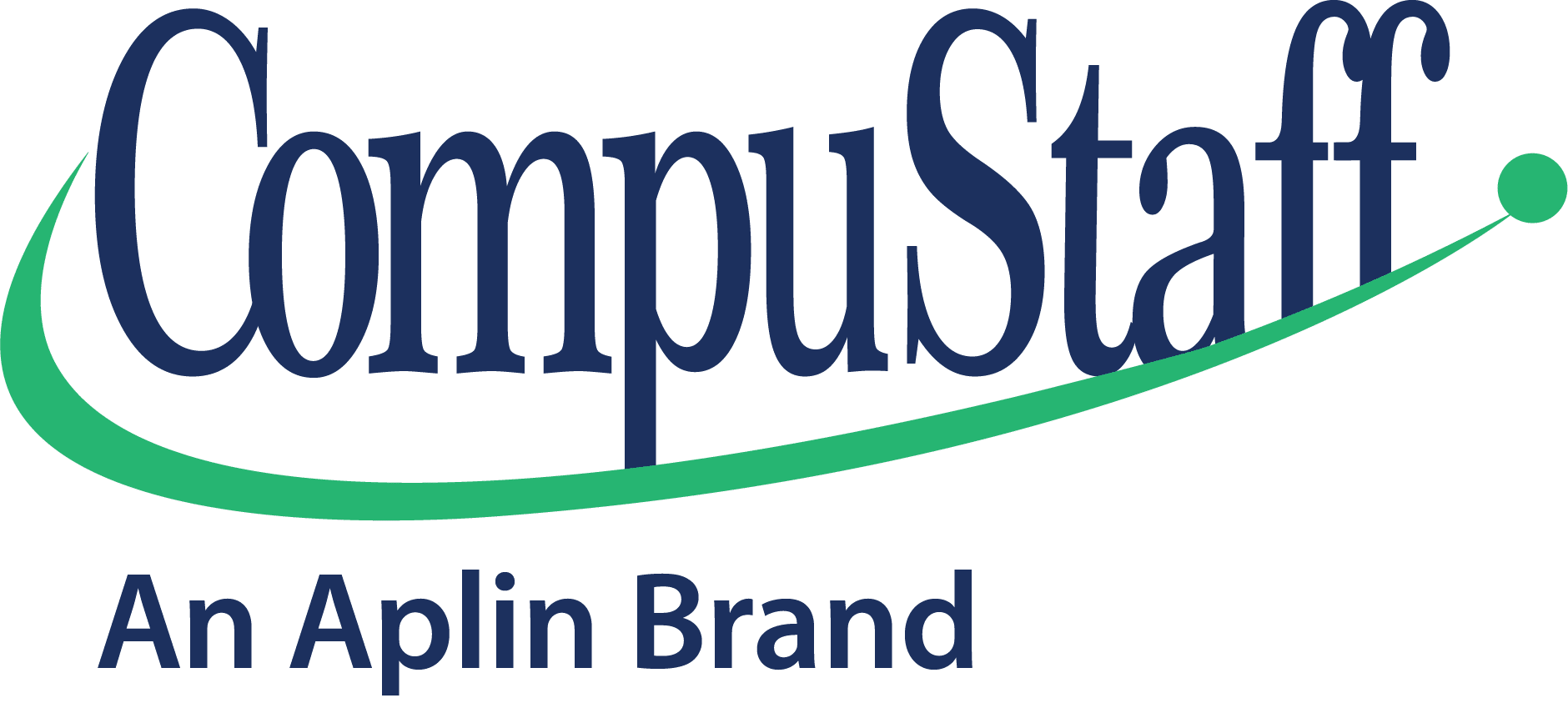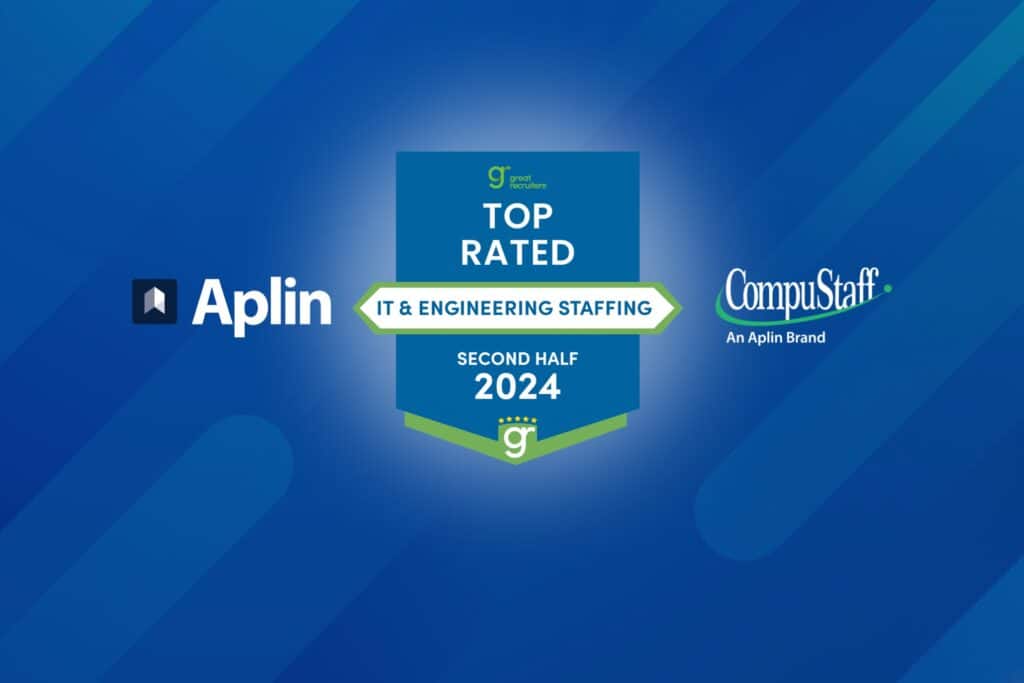How to Write an IT Resume That Gets You Hired
Share This Article
In the fast-paced world of technology, your resume is often the first impression you make on a potential employer. Creating a resume that showcases your technical abilities and demonstrates your professional value is essential for securing an interview in the highly competitive IT field. Here’s how to create an IT resume that grabs attention and sets you apart from the crowd.
Start with a Strong Summary
The summary section at the top of your resume serves as your elevator pitch. It should provide a quick snapshot of your skills, experience, and what you bring to the table. Here’s how to make it impactful:
- Keep it concise—about 3-4 sentences.
- Highlight your years of experience, key technologies, and any specialized expertise.
- Tailor it to the job you’re applying for by mentioning relevant skills or tools the company values.
Example:
“Experienced IT professional with 5+ years in software development and cloud infrastructure management. Skilled in Python, AWS, and DevOps practices, with a proven history of enhancing system performance and driving successful project implementations. Seeking to apply technical expertise and leadership abilities to support innovative initiatives at [Company Name].”
Emphasize Relevant Technical Skills
In the IT field, your technical skills are your core selling point. Dedicate a section to showcasing your technical proficiencies. Instead of listing every tool or language you’ve ever used, focus on those most relevant to the position you’re applying for. Organize them by category for better readability:
- Languages: Java, Python, C++, etc.
- Tools/Platforms: AWS, Docker, Jenkins, etc.
- Frameworks: Angular, React, Spring Boot, etc.
- Certifications: CompTIA, AWS Certified Solutions Architect, etc.
If the job listing mentions specific technologies, ensure they’re included here (assuming you are proficient in them).
Highlight Key Accomplishments with Quantifiable Results
Hiring managers want to see how your work has made an impact. Instead of just listing job responsibilities, focus on achievements and quantify your results where possible. Use action verbs like “implemented,” “developed,” “optimized,” and “led” to demonstrate your contributions.
- Instead of: “Managed cloud infrastructure”
- Try: “Implemented and managed AWS cloud infrastructure, reducing deployment time by 40% and improving scalability by 25%.”
Quantifying your achievements, even related to internal processes, shows how your technical skills drive real-world results.
Tailor Your Experience to the Role
Every IT job is unique, and so should your resume. Customize your work experience to reflect the specific job requirements you’re applying for. This doesn’t mean rewriting your resume every time but tweaking it to ensure it highlights the most relevant experience for each role.
- Focus on projects or roles that match the responsibilities in the job description.
- Highlight transferable skills such as adaptability, problem-solving, and teamwork in complex environments.
Example:
If you’re applying for a DevOps role, emphasize your experience with automation tools, CI/CD pipelines, and infrastructure management.
Include Relevant IT Certifications
Certifications in IT are a strong indication of your commitment to staying up-to-date in the field. Many companies prioritize candidates with certifications that are directly relevant to the job. Popular IT certifications to consider including:
- AWS Certified Solutions Architect
- Certified Information Systems Security Professional (CISSP)
- Cisco Certified Network Associate (CCNA)
- CompTIA Security+
- Certified ScrumMaster (CSM)
These can be included in a dedicated “Certifications” section or integrated within your technical skills area.
Showcase Your Projects
Many IT roles are project-based, and potential employers want to see how you’ve tackled specific challenges. A “Projects” section can be extremely valuable, especially if you’re early in your career or changing fields.
- Briefly describe the project and your role in it.
- Include the technologies used and the outcome or results of the project.
- If you have personal or freelance projects, include them too! Open-source contributions or a GitHub portfolio can demonstrate your passion for technology.
Example:
E-commerce Website Optimization: Led a team of 4 developers to overhaul the existing e-commerce platform for [Client Name]. Migrated to AWS, optimized front-end performance with React, and reduced page load times by 50%, increased customer engagement by 20%.
Keep it Clean and Readable
In the IT world, clarity and efficiency are valued. Your resume should reflect that by being easy to read, well-organized, and clutter-free. Stick to:
- Simple fonts like Arial, Calibri, or Helvetica.
- Bullet points to break up text.
- Consistent formatting with clear section headings.
- Reverse-chronological order (starting with your most recent position).
Avoid overloading the resume with technical jargon. Keep your language professional and succinct, focusing on key points rather than unnecessary details.
Don’t Forget Soft Skills
While technical skills are crucial, soft skills are equally important in an IT environment. Communicating effectively, collaborating with diverse teams, and leading projects are highly valued. Make sure your resume includes:
- Teamwork: Demonstrate collaboration with other developers, project managers, or departments.
- Problem-solving: Showcase how you’ve tackled complex technical challenges.
- Communication: Highlight experience explaining technical solutions to non-technical stakeholders or team members.
Example:
“Collaborated with cross-functional teams to design and implement new software features, enhancing user experience and reducing customer support queries by 15%.”
Proofread and Use Keywords
In the IT field, attention to detail is critical, so ensuring your resume is error-free is a must. Carefully proofread for typos, grammar issues, and formatting inconsistencies. Moreover, many employers rely on Applicant Tracking Systems (ATS) to scan for keywords. Include relevant keywords from the job description, especially in your technical skills and experience sections, to improve your chances of passing the initial screening.
Include a Link to Your Online Portfolio
If applicable, include a link to your GitHub, personal website, or LinkedIn profile so potential employers can see your coding skills, review your contributions to open-source projects, or check out additional information about your professional background.
Crafting an attractive IT resume takes thoughtful preparation and a focus on highlighting both your technical expertise and professional achievements. By organizing your skills, tailoring your experience to the role, and quantifying your accomplishments, you can create a resume that captures the attention of hiring managers. Remember to keep it clean, concise, and relevant while showcasing what you know and how you can add value to the company. With the right approach, your resume can open the door to exciting opportunities in the IT industry.
CompuStaff is a leading IT staffing firm dedicated to connecting top tech talent with premier opportunities across the Americas. We are committed to providing precision recruitment and helping businesses and professionals achieve exceptional results. Visit www.compustaff.com



